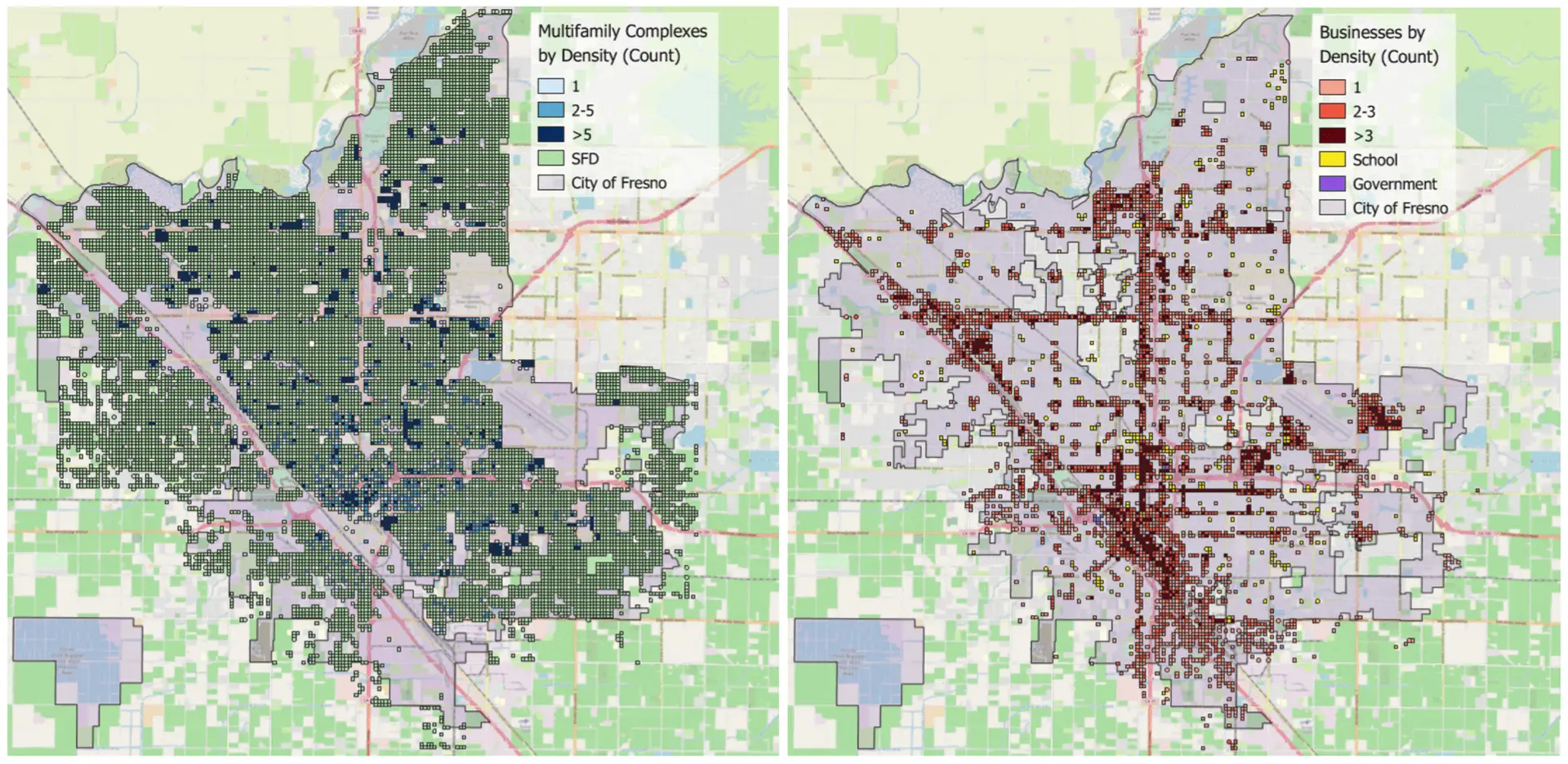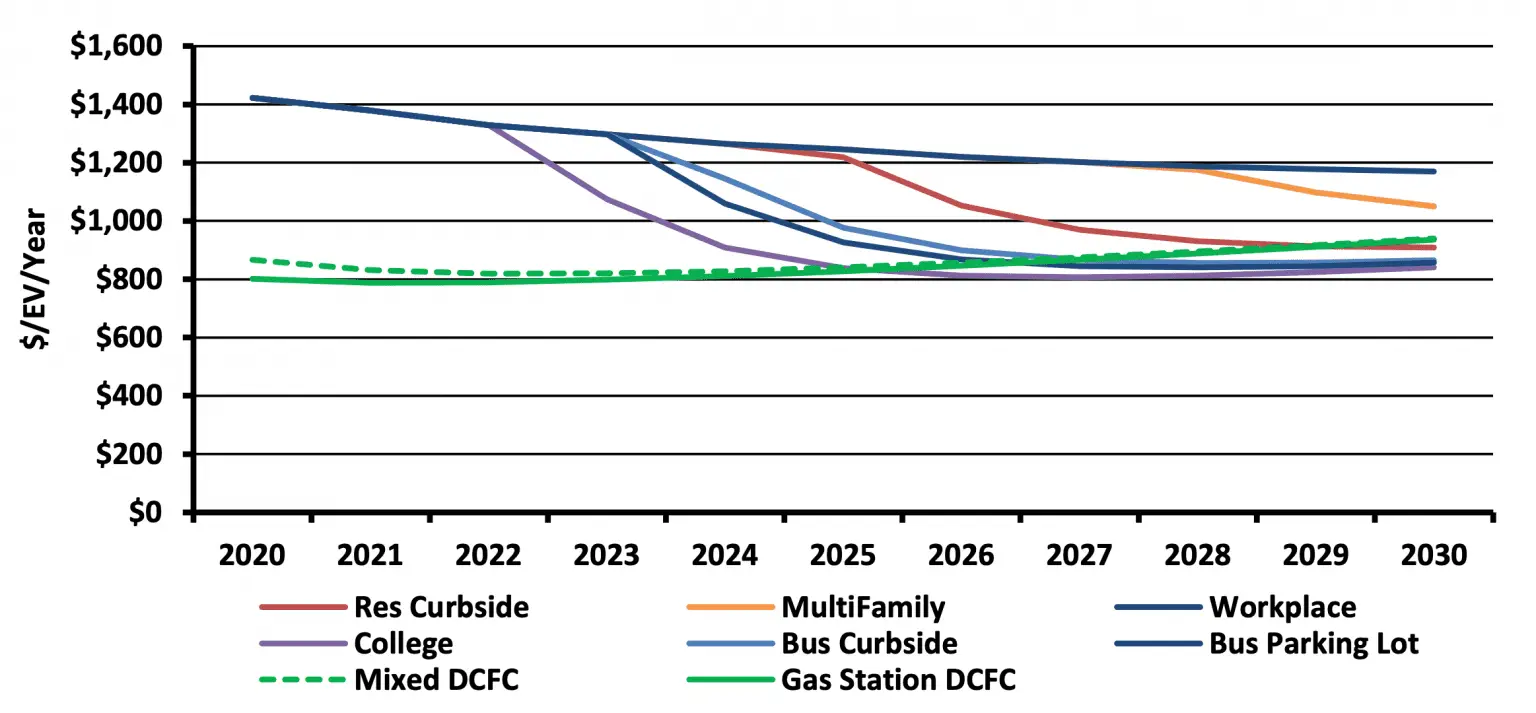- Webinars
Breaking the Charging Barrier to EV Adoption in Australia
One of the top reasons for drivers not taking up plug-in electric vehicles is charging anxiety – will there be somewhere to recharge close by?
It’s not the only reason – price premiums and lack of model choice are also key factors. However, these two barriers are likely to be resolved through government rebates and falling price premiums. And based on OEM announcements, we estimate that 80% of vehicle models will be available in electric by 2030.
When it comes to anxiety about charging, research from California shows that many drivers are being left to overcome this barrier themselves, by owning multiple vehicles and/or having a dedicated home EV charger. This is not feasible or practical for everyone – low income earners, many renters and apartment dwellers without dedicated parking spaces, for example.
What is required is dependable, accessible public charging infrastructure. Some states are installing public fast chargers along major highways, providing a solution for long-distance driving. However, we know that around 97% of the time, drivers are not travelling long distances. What they need is a reliable means to regularly recharge their EVs on an everyday basis.
Our analysis indicates many drivers currently lack this access – with around half of those in capital cities held back from adopting EVs because of it.
So, what’s the solution?
The solution lies in installing the right public charging stations in the right places within towns, cities, suburbs, and regional areas. Public charging infrastructure gaps need to be addressed now if Australia is to meet emissions-reduction targets and increase the adoption of EVs.
To address the gap, charging stations will need to be placed in public car parks, apartment building car parks, workplaces, shopping centres, public transport parking lots, hotels, and at curbsides. But at what ratio and level?

Our modelling and analysis shows that to do this in a cost-effective and efficient way, it’s important to first identify the mix of drivers that use the roads, and what their needs are. This informs what types of charging stations could potentially meet their needs, however, additional analysis is required to develop the least-cost solution.
This is a crucial step – our analysis indicates that unmanaged, opportunistic infrastructure ends up costing from 200% to 300% more. And unfortunately, unmanaged infrastructure is where most jurisdictions in Australia appear to be heading.
Another factor in this is the lack of awareness of how insufficient public charging impacts EV adoption. We estimate this is preventing 50% of drivers in the largest capital cities from taking up EVs, acting as a drag on achieving emissions targets.
Minimising The Costs
To meet federal and state emissions targets and to encourage the adoption of EVs, an effective, optimised public charging network is a must. As this involves a significant investment of capital, basing it on solid data, modelling and analysis is crucial.
The key to minimising costs lies in targeting least-cost charging solutions. These are expected to change over time due to various factors – such as falling technology costs, rising adoption of EVs and charging power, and improvements in charging behaviour efficiency.
For example, let’s say Level 2 chargers are placed at a busy location, such as a public parking lot. In this case, the costs per EV per year will reduce far more than if they were placed at an apartment complex, due to higher numbers of users and greater utilisation. DC Fast Chargers (DCFC) in busy locations can cost even less.

Energeia designs optimised public charging infrastructure for state and local governments, using a transparent, bottom-up methodology that incorporates driver needs, GIS data, and charging costs by solution type.
Energeia used this process in creating the infrastructure design for the EV Readiness Plan on behalf of the Fresno Council of Governments – an organisation similar to the Regional Organisation of Councils in Australia.
We were able to recommend what type of charging stations should be located where and when for least-cost and optimum convenience of local drivers, and to support the community in meeting their emissions targets.
A key conclusion from the study was that without the availability of an effective, optimised public charging infrastructure, EV adoption in Fresno would fall 75% by 2030.
Our experience has taught us that there is no one-size-fits-all solution for designing public charging infrastructure. It depends on the mix of drivers in the region, and it must be targeted to their needs. To fail in this can result in mismatched infrastructure, higher costs, and lower adoption rates.
You may also like

Unlocking the Potential of Consumer Energy Resources
The AEMC partnered with Energeia to explore how flexible Consumer Energy Resources (CER), like solar, batteries, electric vehicles, and smart appliances, can reduce costs and

Optimizing DC Fast Charging Tariff Structures
Energy Queensland collaborated with Energeia to address financial barriers in EV charging infrastructure, focusing on high network tariffs and demand charges. The study evaluated alternative

Industrial Decarbonisation: Hard-to-Abate Sectors
Examining hard-to-abate sector’s specific CO2 generation activities, fuel inputs, and viable decarbonization options, including electrification, is required to provide an accurate outlook on this critical
